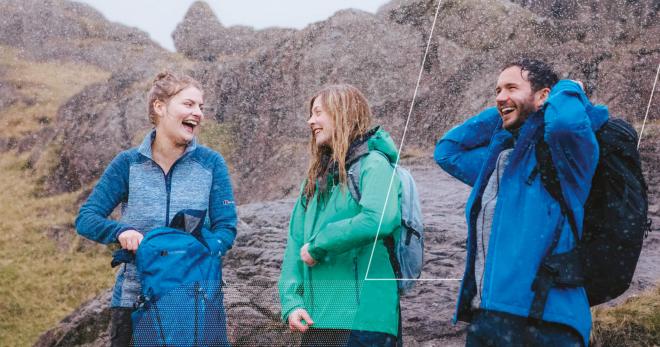A Software Developer’s Perspective on Blockchain, B3i and Insurance
A Software Developer’s Perspective on Blockchain, B3i and Insurance
Original article posted on B3i’s website.
As part of a series of interviews with employees and members of B3i, Ken Marke spoke to Philipp Tölle, Expert Application Engineer, who is a Core Developer & Co-Architect at B3i. During this conversation, Philipp, who holds a master’s degree in computer science, shared his personal views on what differentiates B3i from other initiatives and how Blockchain implementation in the Insurance industry will have a social impact especially in emerging markets.
Quite often we get caught up by industry jargon, flattered by statistics and emboldened by proclamations that technology will change the Insurance industry – but we forget that this change is driven by people – people such as Philipp. This interview provides an insight into the thoughts, motivations and beliefs of one of the many passionate, enterprising and committed individuals involved in projects at B3i.
The discovery of Blockchain by Philipp
Philipp first came across Blockchain in 2012 whilst he was still studying. This was a time of rapid development in Bitcoin mining – the movement to ASIC systems had started . Given his computer science background, he was interested in the technology perspective. However, the realisation that Bitcoin mining was not feasible using his personal machine put the matter to rest until about three years later where Blockchain popped up during an internal meeting at Swiss Re. This led to him becoming part of the Swiss Re Centre for Competence in 2015.
What makes Blockchain so interesting for Philipp?
Having first approached Blockchain from a technology perspective, he was fascinated by the creativity triggered by Blockchain. He found it extremely interesting how a theoretical topic such as cryptography (which requires a thorough study of computer science to appreciate fully) was getting so much attention in the public domain.
Philipp finds it remarkable how certain people can explain fundamental concepts of cryptography and Blockchain to a non-technical audience – the accessibility of such knowledge to the public fascinates him.
What sets B3i apart?
“The technical voice was heard and always present. And this, I think, gave B3i a big advantage in comparison to other initiatives.”
Philipp believed that a technical topic such as Blockchain required attention from IT teams of the member companies of B3i. He highlighted the fact that during the early days of B3i, with the support of colleagues from other firms, he was able to ensure that the technical voice was always present and heard during meetings.
He asserts that the combined IT expertise of the member companies of B3i sets it apart from other initiatives.
The hype surrounding Blockchain
Speaking from a technical perspective, Philipp stated that Blockchain is a new technology and that it requires significant investment by firms prior to being able to extract benefit from the cost efficiencies. Referring to the Blockchain hype in the Insurance industry, he shared his personal view that in many projects don’t require the unique properties of Blockchain – audit trial, immutability and consensus as per pre-defined rules.
B3i and Blockchain – driving cost efficiency and leading to social impact
“My point-of-view is (that traditional Insurance) is extremely inefficient, very paper-based and not truly digitalized end-to-end.”
According to Philipp, B3i can solve the core problem of data ownership in the Insurance industry. He explains that the decentralised system built by B3i means that data ownership is retained by companies/customers. Blockchain ensures that there is a single version of the data. Since B3i builds products on Corda Enterprise (which is a permissioned Blockchain protocol) – information is shared between parties on only a “need to know basis” and parties know that the information visible to them is precisely the information visible to other parties involved in a transaction.
“This (referring to B3i and the use of Blockchain) will make the process of Re-Insurance and Insurance more transparent, more secure, more cost-efficient and therefore will make Insurance more affordable.”
Concluding remarks
“If you have (Insurance) coverage in your life, you tend to take a bit more risk and a bit more risk already ensures that there is prosperity for your family, for your village and for your country.”
Philipp believes that Blockchain has huge potential to deliver cost efficiencies, but he is very interested in the social impact of Blockchain. He hopes B3i and Blockchain can make Insurance more affordable for emerging markets. The highlight of working at B3i for him has been the interaction with a diverse set of people from various companies.
Philipp looks forward to his vacation which will take him to explore the Amazon rainforest – a well-deserved break
The key message to take home is the human aspect of Insurance. Innovation in Insurance is driven by people like Philipp, Insurance is meant for the benefit of customers and a significant part of innovation in Insurance today is aimed at benefiting the ultimate consumer – people are at the center of this industry today and for as long as it remains so, the human aspect will be important.












![Paying [for] Attention (British Gas)](https://beamediagroup.com/wp-content/uploads/2018/05/pexels-photo.jpg)